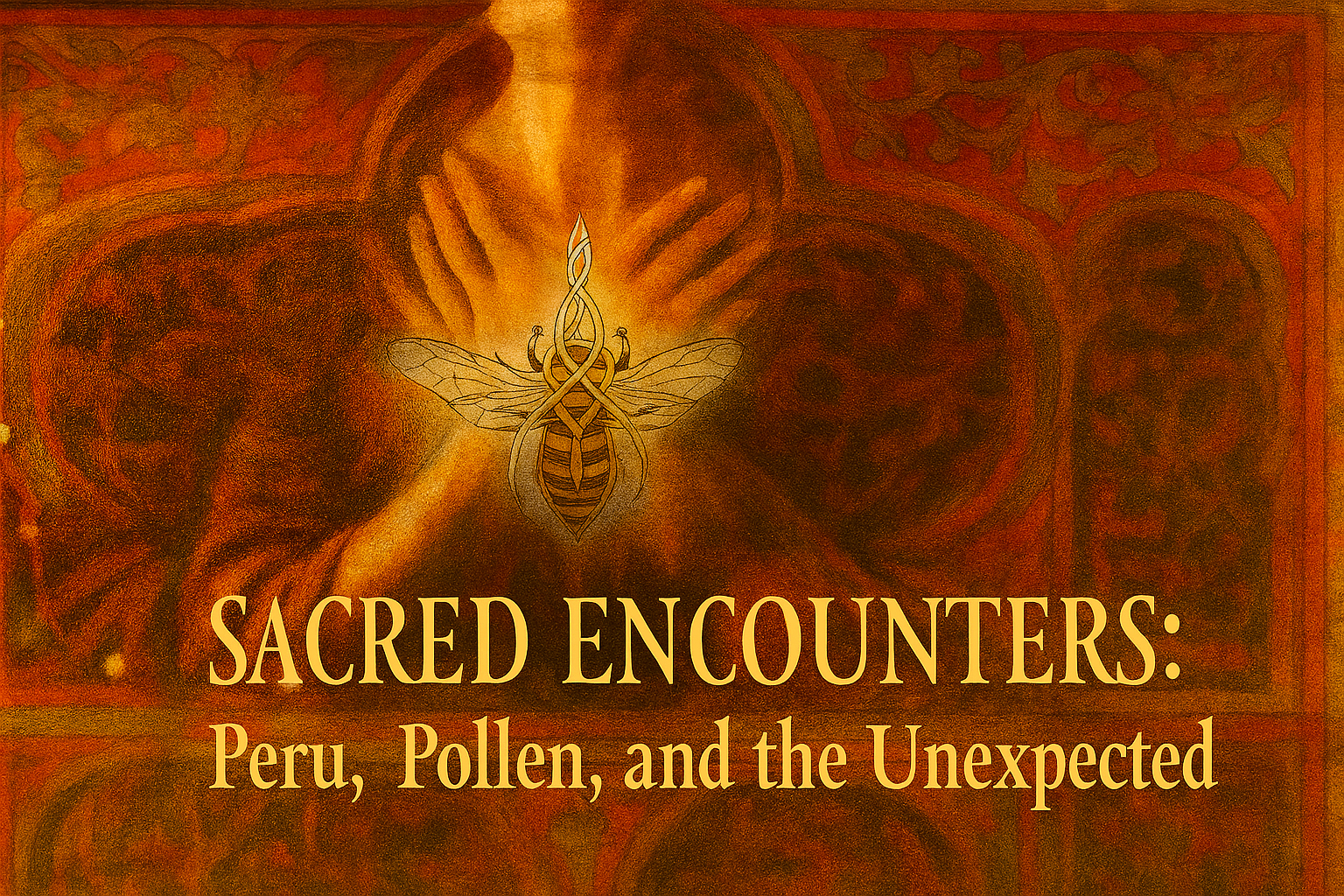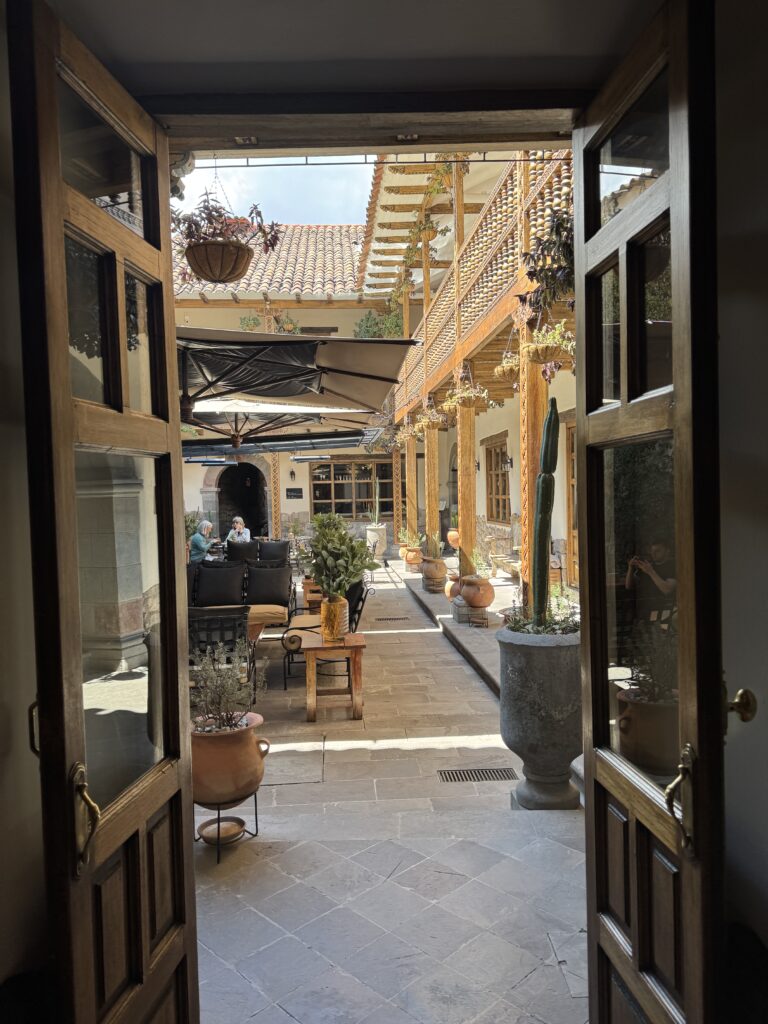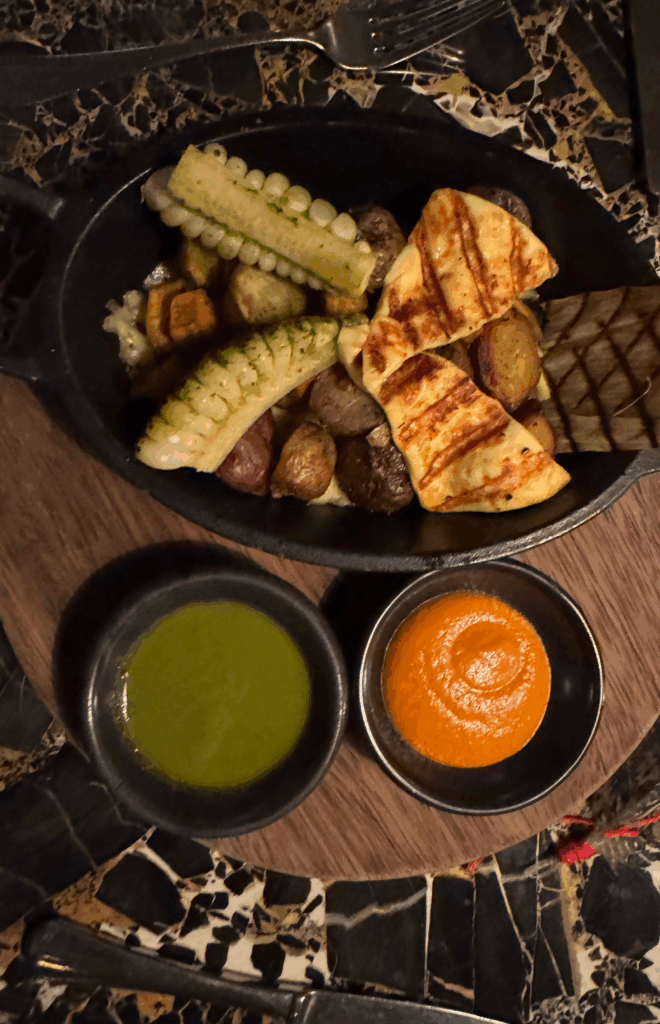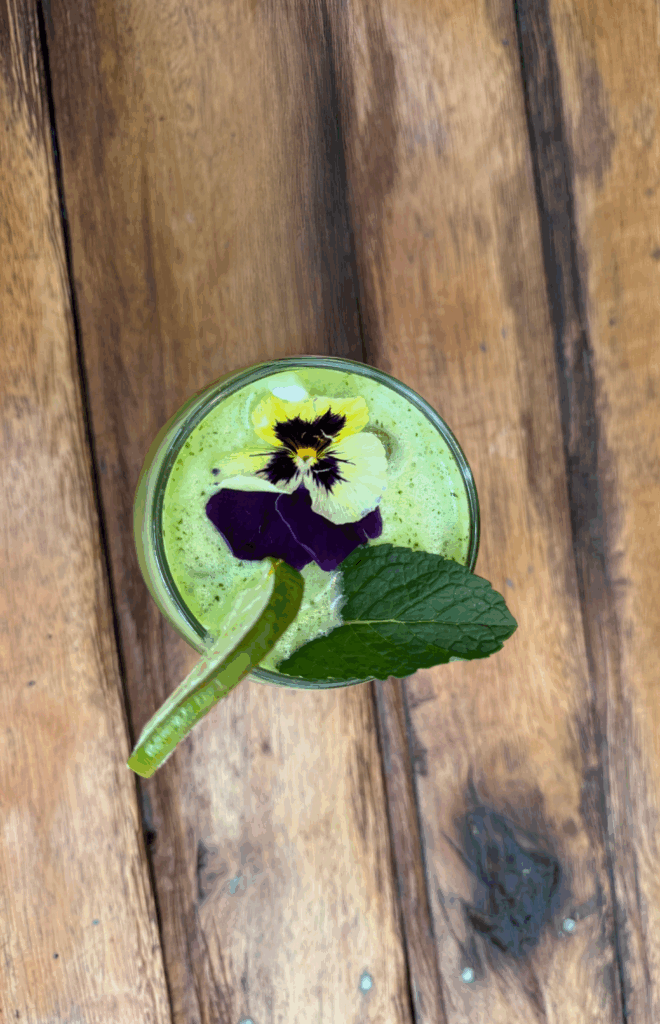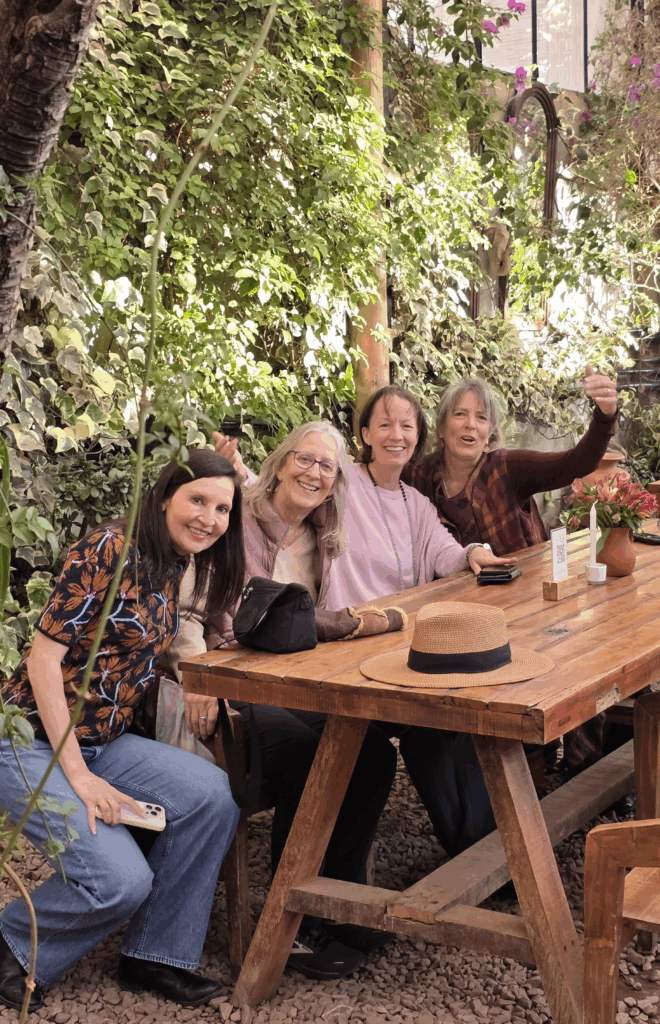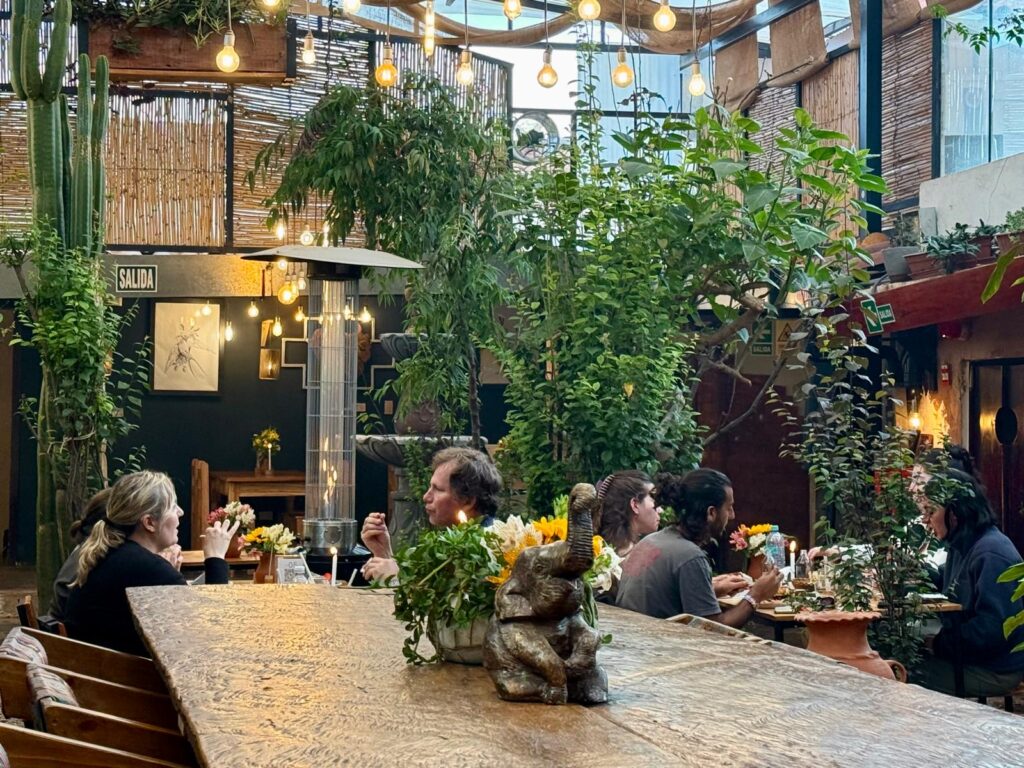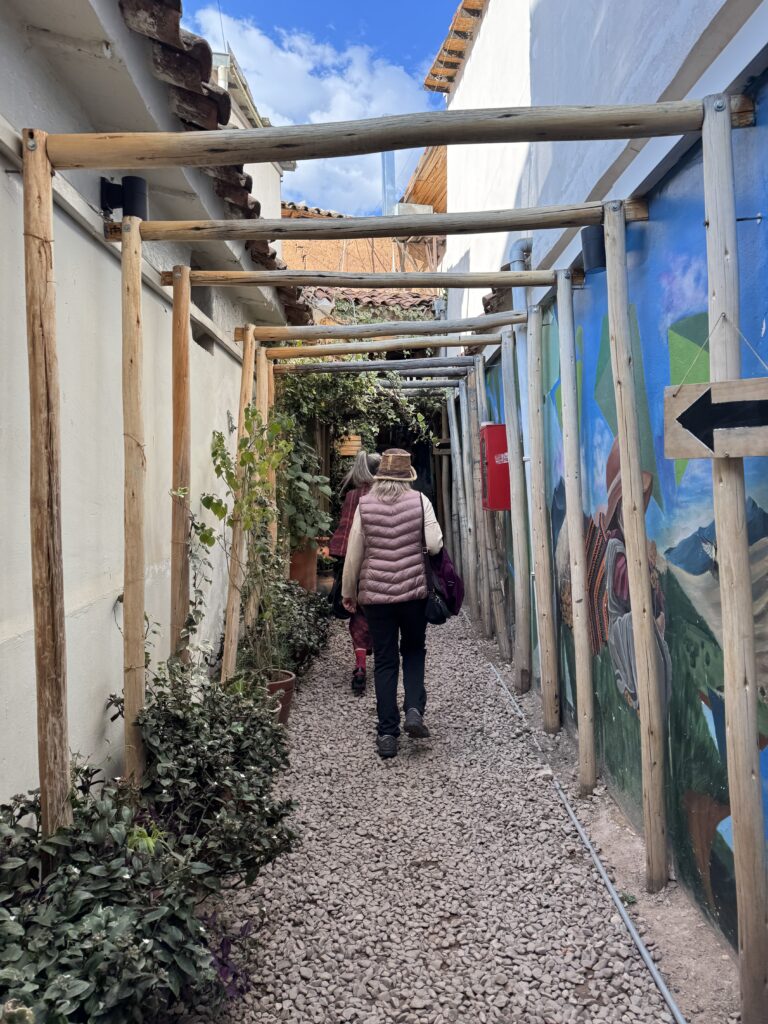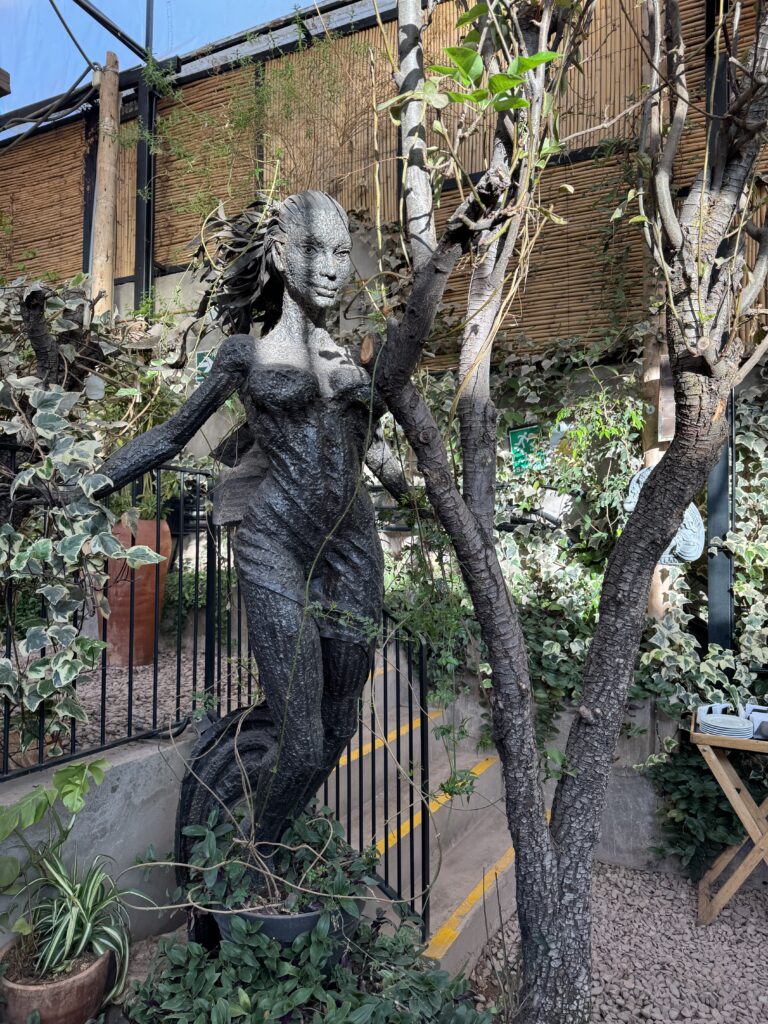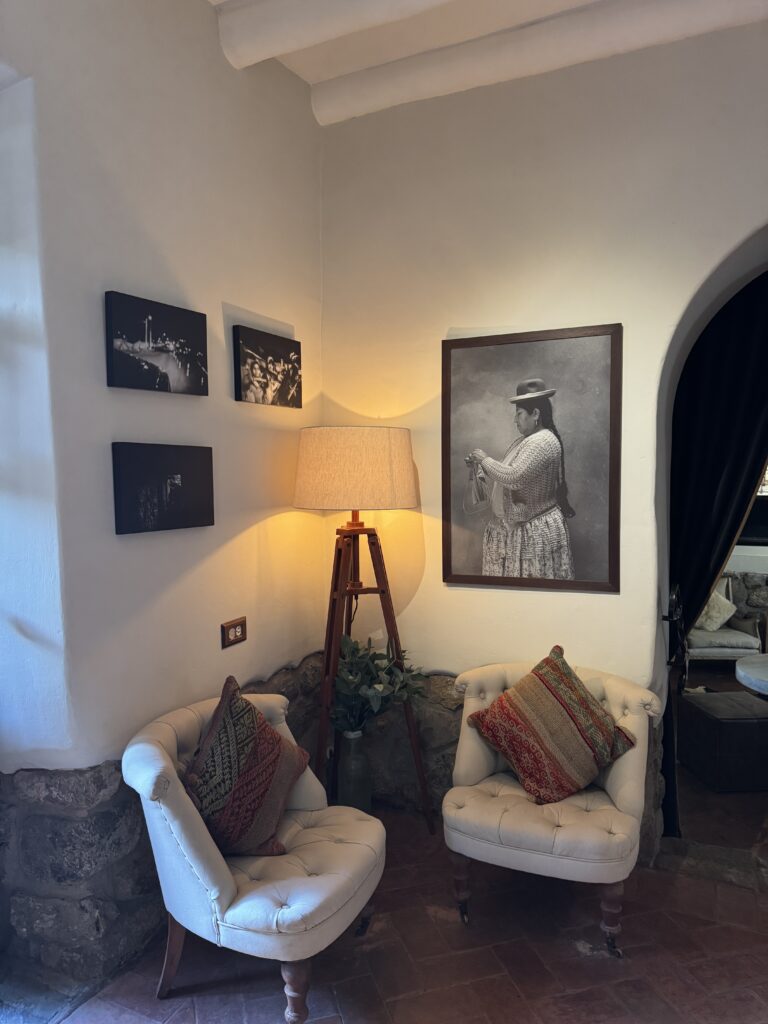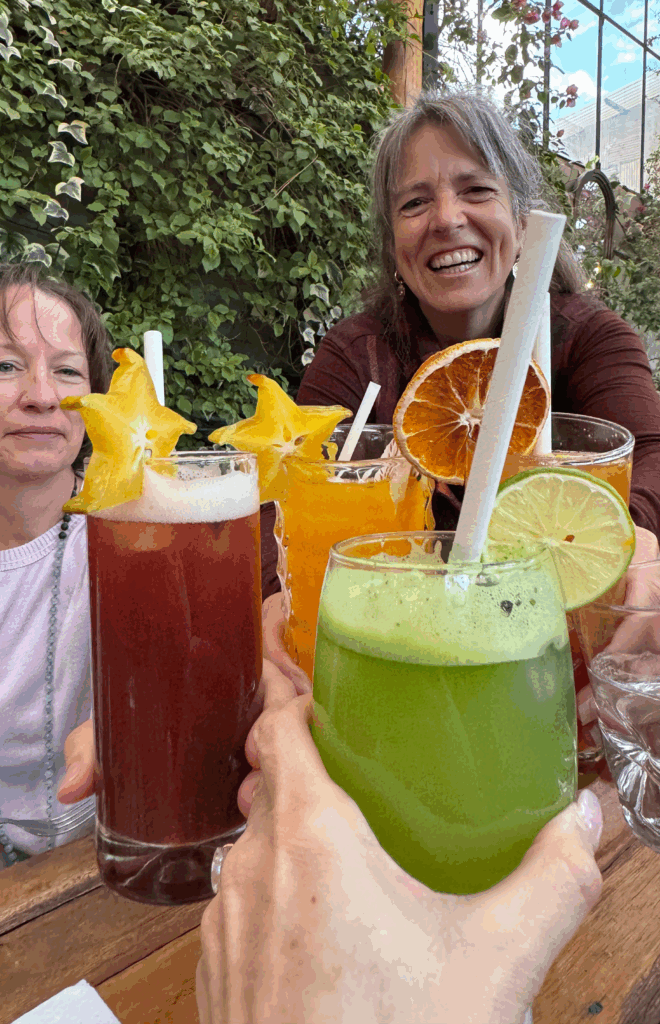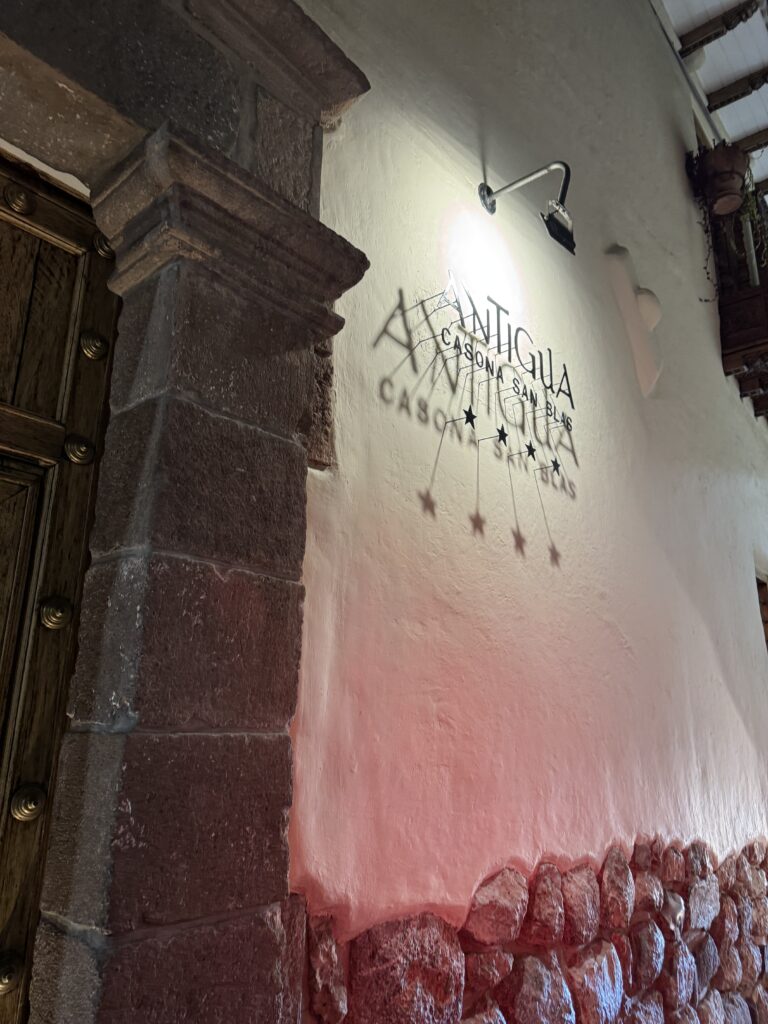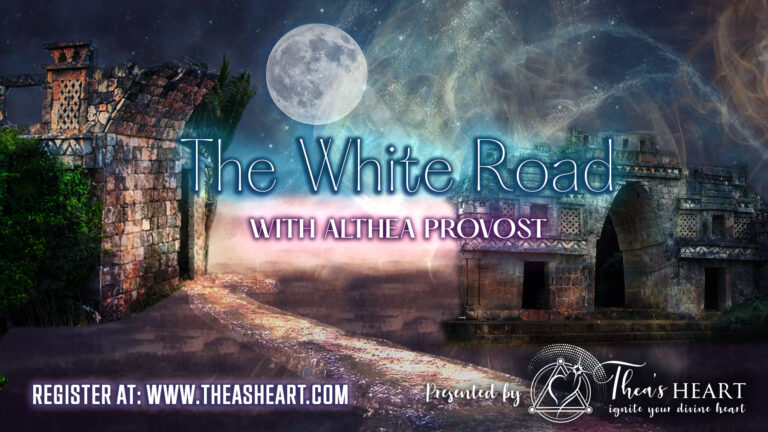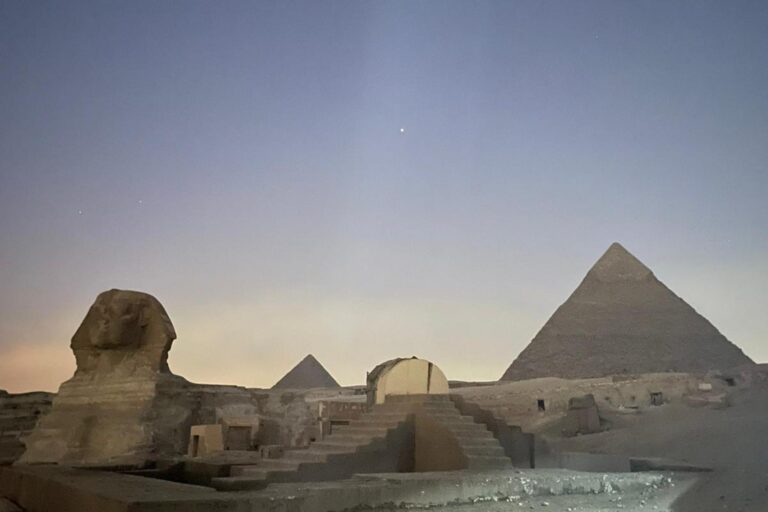Sacred Encounters: Peru, Pollen, and the Unexpected
Peru offers a fusion of organic fare—a gastronomic playground to deepen my budding relationship with vegetarianism. Before I even touched down, I’d posted a message to our fellow adventurers from Starseed Scotland, sharing my personal excitement for the food journey ahead. Peru, after all, boasts over 1,000 known potato varieties, cultivated since 8,000 BCE, and three types of quinoas—white, red, and black—each with its own flavor profile and cultural significance. A dish like quinoto, a quinoa-based risotto, exemplifies how local ingredients are fused with international techniques, creating a culinary bridge between tradition and innovation.
The Sacred Valley, with its fertile soil and high-altitude microclimates, produces some of the country’s finest organic produce, supporting both local kitchens and Michelin-starred chefs like Virgilio Martínez of Central Restaurante, whose menus are a tribute to Peru’s biodiversity.
Most of our group arrived early, and we gathered for a cozy and casual dinner at Green Point Vegan Restaurant, conveniently adjacent to our hotel. Green Point is a sensory delight—a garden oasis atmosphere with flickering open fires, live music, wood-fired pizzas, homemade noodles, and drinks that look like they belong in a botanical apothecary. Their kombucha base can be customized with fresh strawberry, goldenberry, mandarin, passion fruit, purple corn, and more. Or you can keep it simple, like I did, with mint lemonade—a drink that became my daily ritual for the next eight days. Maybe it’s the fresh Peruvian mint or the lemons, but something about it was different. I learned that it’s made from a whole Peruvian lime, ground up with water and strained. Then huacatay, also known as Peruvian black mint, is added. It’s not a mint—it’s a marigold with a complex flavor that includes mint, basil, and citrus. It’s light. It’s refreshing. It’s gorgeous. What I felt from the experience echoed the restaurant’s ethos: “dishes and drinks full of respect and love for the universe.”
Our arrival hotel, Antigua Casona, nestled in the artistic San Blas neighborhood, was personally chosen as a thank-you gesture to our Starseed clients for a decade of shared adventures. This 4-star gem radiates creative Peruvian charm, with handwoven textiles, carved wood accents, and a breakfast buffet that’s both fresh and welcoming. After an 8 a.m. massage that quite literally changed my world, I settled in at the hotel’s in-house restaurant, ready to indulge in a made-to-order breakfast. Though their freshly brewed coffee from Café Orígenes was tempting, I stuck with water to maintain hydration at Cusco’s high altitude—approximately 11,152 feet above sea level. I ordered a build-your-own oatmeal: blueberries, bananas, toasted pecans or almonds, honey or agave, chia, and pollen.
Post-massage bliss had me glowing. My body melted, my smile wider than ever. The fatigue of three flights, airport hustle, and shuttle rides had finally unraveled. I scanned the topping choices. I knew the Spanish word for honey, hesitated briefly over pollen, but in a feel-good tourist haze, I simply said, “todos.” A kitchen-sink bowl of nature’s bounty was on its way—and I devoured every bite.
Buzzing on life, I ordered a latte con soya to go. It was early, and I had plans—a full day ahead to gather market treats for the group before joining our evening welcome dinner and the ceremonial immersion in indigenous culture in the days to come. I was excited. No resistance. Just flow.
But before the espresso met the steam, my stomach grumbled. I excused myself to the bathroom, and within minutes, I felt unwell—so suddenly that I wasn’t sure I could make it back for my latte, my purse, or my husband.
I’ll spare you the details of turning crimson from head to toe, swelling like an Oompa Loompa, or nearly passing out in the hallway. My husband was ready to race off in search of an EpiPen—only to discover that Peru doesn’t offer them. It was the hotel staff who insisted on calling a doctor and together. their swift action was made.
Dr. Silva, young and deeply compassionate, reached for my hand in our hotel room to assure me I’d be back in time for our welcome dinner. He recommended four hours of monitoring, an IV drip of cortisol, and a generous dose of antihistamines. I should be cleared to return to the group, he said. During my ambulance experience, he suggested I stay overnight. I asked him what inspired his passion for service. That same spirit had been present from the restaurant to the hotel staff to Dr. Silvia: a shared commitment to offering the best possible care with the tools on hand—no excuses. After three hours, when I felt well enough to continue responsibly, I asked to be released. I too share that commitment.
At the local hospital, I was diagnosed with a severe allergy to bee pollen. Blood results showed spiked inflammation. I’m one of those women who can fill out a medical form with a clean slate—no major surgeries, no known severe allergies. Nada. Nein. Nit. Until that moment.
Nature’s golden granules made their point—loud and clear.
While I was away, our starseeds were learning about Coca leaf readings. I rejoined our group and our Peruvian guide with translator for our welcome dinner at Piedra & Sal. Dr. Silva reminded me to avoid plant-based foods and fish for the next few days and to be vigilant—pollen doesn’t simply vanish after the first reaction, she comes back at any time over the next 24-72 hours. And I was entering the lush, verdant environment of the Sacred Valley and the tropical landscape of Machu Picchu. By the end of the adventure, I was eating Peruvian meat and popping antihistamines like morning Tic Tacs as we drove through cultivated fields to meet Mamita. Not ideal for the stomach, but it was my first true encounter with nature’s raw power.
Ancient Ceremonial Uses of Bee Pollen
Bee pollen has long been revered across cultures as more than just a superfood—it was sacred. The ancient Egyptians called it “the powder that gives life,” placing it in tombs to nourish souls in the afterlife. Bees were seen as divine messengers, and pollen was believed to carry healing and spiritual energy.
In ancient Greece, bee pollen was known as Ambrosia, the food of the gods, thought to grant immortality and vitality. Philosophers like Hippocrates and Pythagoras prescribed it for its medicinal properties. Roman soldiers carried dried pollen cakes for sustenance on long journeys, and Native Americans wore pollen pouches around their necks for energy and protection.
In many indigenous traditions, bee pollen was used in ceremonies of renewal, fertility, and healing, often sprinkled into sacred fires or consumed before rituals to align the body with the rhythms of nature. It was seen as a bridge between the earthly and the divine—a potent symbol of life’s interconnectedness.
My arrival in Peru brought into focus how personal decisions reveal themselves with startling clarity. I crossed the point of no return when the pollen had taken hold, revealing my triumphs, my missteps, and the path ahead. In that moment of vulnerability, a passionate tribe emerged—strangers bound by purpose, devoted to the services they offered. Their presence was not only timely but transformative. I am grateful for the experience and the unexpected glimpse into what humanity gets right—kindness without expectation, purpose pursued humbly.
Author’s Note
Historical references to bee pollen’s ceremonial use are drawn from general research and publicly available sources. Specific texts mentioned are representative examples and were not directly consulted.
- Hoffman, David. Herbal Medicine: Healing Traditions from Around the World. Healing Arts Press, 2003.
- Gordon, James. The Healing Power of Pollen: Ancient Wisdom for Modern Health. BeeWell Press, 2018.
©2025 Thea’s Heart, LLC® – All Rights Reserved
⚠️ Allergy Awareness: Bee Pollen Reaction Timing
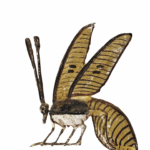
Travel Tip from the Sacred Valley
Bee pollen allergies can trigger symptoms within minutes, but reactions may also unfold over several hours. In some cases, symptoms return after initial treatment—a phenomenon known as a biphasic reaction. These delayed responses can occur anytime within 24 to 72 hours, especially in biodiverse environments like Peru’s Sacred Valley.
If you’re traveling to high-altitude or pollen-rich regions and trying new foods, monitor your body’s response and consult local medical professionals when needed.

